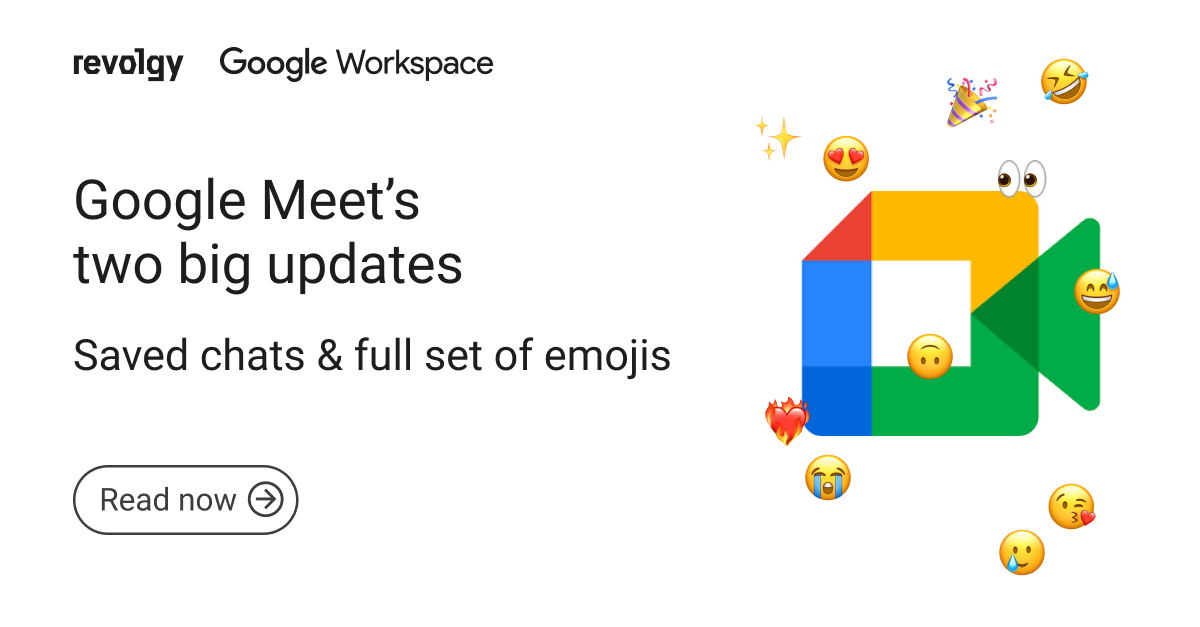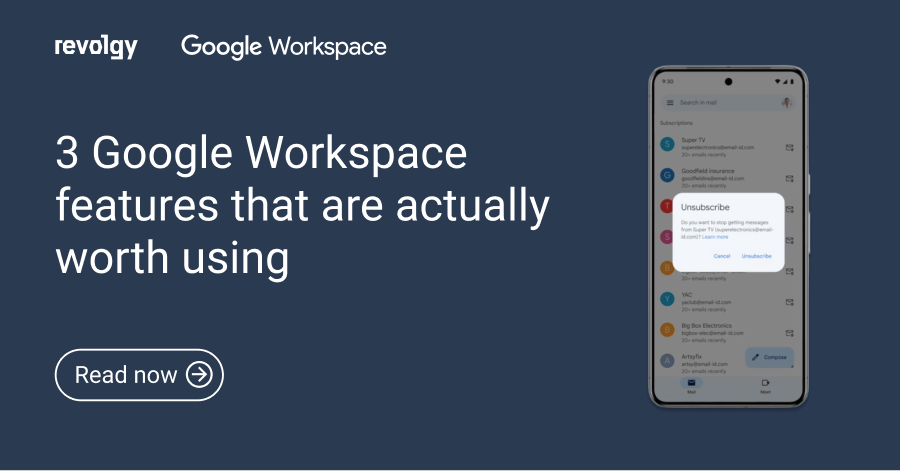Google Workspace
Can Google Meet’s new AI end language barriers in calls?
At Google I/O 2025, Google introduced a new feature in Google Meet: live speech translation. It’s designed to help people communicate in different languages during video calls — translating what’s being said in real time. What makes this feature stand out is that it keeps the speaker’s original voice, tone, and emotional expression, so the conversation still feels natural.
Here’s a closer look at how it works, who can use it now, and what it could mean for businesses, education, and everyday communication.
How live speech translation works in Google Meet
Real-time translation engine
This new feature uses AI to translate speech while people are talking in a video call. As someone speaks, the system quickly translates their words into the listener’s chosen language. This helps keep the conversation smooth without awkward pauses or waiting for subtitles to catch up.
Keeping the speaker’s voice
One of the key parts of the experience is how the translation still sounds like the original speaker. The system keeps their tone and emotion, not just the words. This helps make sure the meaning comes through clearly and doesn’t feel robotic or flat.
Dual audio playback
People listening to the translation will hear two audio tracks at once: the original voice in the background at a lower volume, and the translated version louder and clearer. This gives context and makes it easier to follow the conversation while still catching the speaker’s tone and intent.
Starting with English and Spanish
At launch, the feature works between English and Spanish — two of the most spoken languages worldwide. Google says more languages are on the way.
Availability and roadmap
Beta access for AI Premium users
Right now, this translation tool is only available in beta for users with a Google One AI Premium plan, which costs $20/month. It rolled out at the same time as the Google I/O announcement.
More languages coming
Support for other languages is already planned. While Google hasn’t given a specific timeline, more options are expected soon. The long-term goal is to make the tool useful for a much wider audience.
Testing with Workspace users
After the current beta phase, Google plans to test the feature with Workspace customers. That means businesses and organizations could get access later this year, depending on how the testing goes.
What this means for global communication
For international teams, this feature could make meetings easier. People can speak their own language and still be understood — without needing a translator or spending time on summaries. That can help teams communicate better, avoid confusion, and save time.
Supporting education across borders
Schools and universities can also benefit. Students and teachers from different countries could work together more easily. A professor could teach in their native language, and students could still follow along clearly. This makes online learning more inclusive and accessible.
Useful for everyday conversations
It’s not just for companies or schools — this tool could help anyone trying to connect across languages. Whether you’re working on a personal project, joining a global community, or talking with friends or family abroad, it can make those conversations smoother.
For more Google Workspace updates, make sure to subscribe to our monthly newsletter and check out how we help companies globally adopt Google Workspace services.



